Less Regulations in the Market
Raku Ichi Raku Za was an amazing political project and all Japanese students were taught about it in their school.
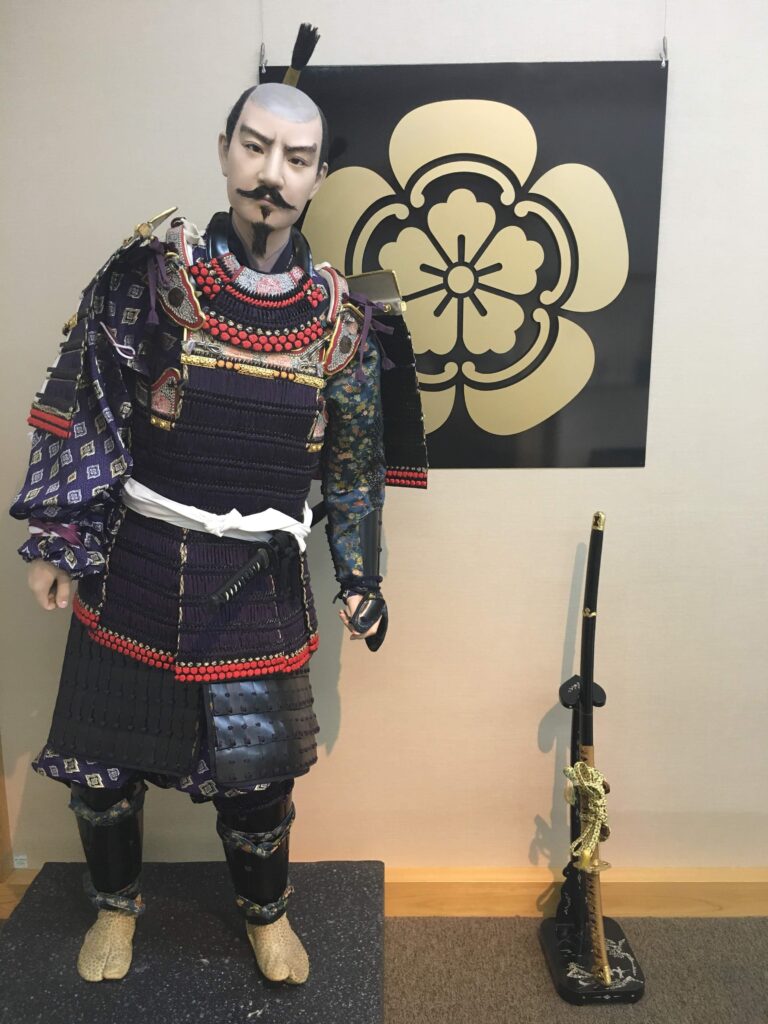
“Oda Nobunaga” enforced this brand new Marketplace policy in 1573, and it was called “Raku Ichi Raku Za”. Raku means free and relaxing, in other words, he promoted less regulations in the Market. In this way, his favorite food, “Soybean Miso” was distributed a lot. As a result, this new Market system was one of his great achievements, and it was a breakthrough idea!
So many Samurai Warriors brought own Miso Lunch to their battlefields, because of its portability.
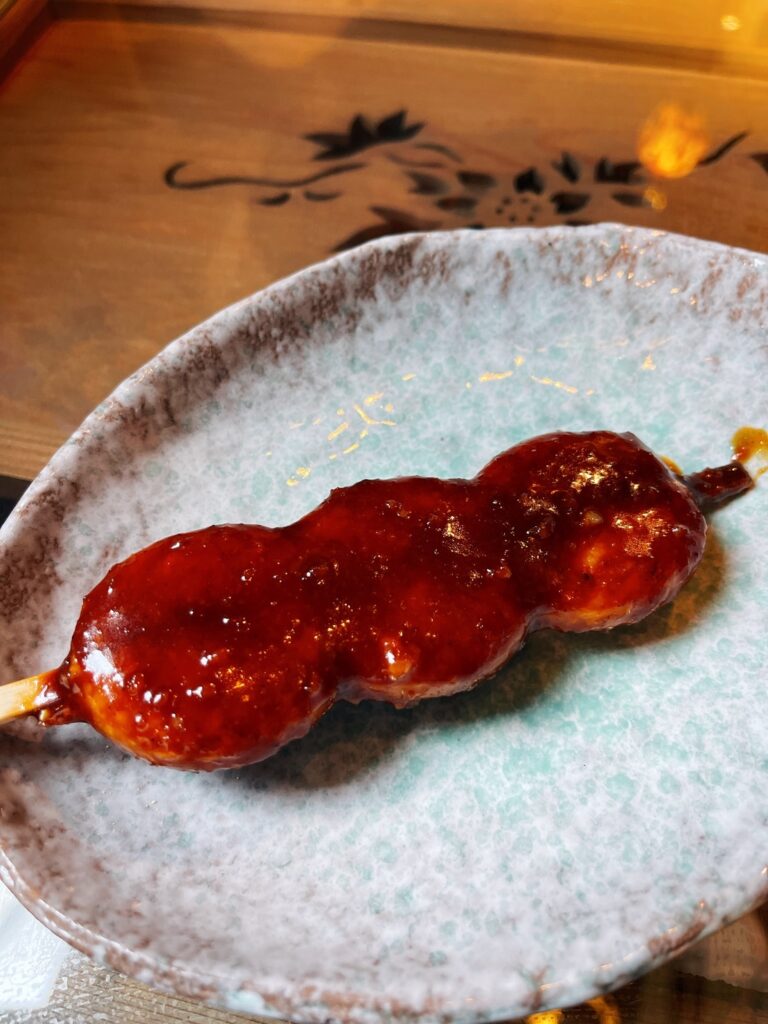
“Japan’s 3 Greatest Samurai”
In the Samurai era(Sengoku period), Aichi prefecture produced Big 3 Heroes which were called “3 Eiketsu”. They all loved the local speciality of their city. Oda Nobunaga was one of the 3 Samurai heroes in the 16th century, and he loved his local product “Red Miso”.
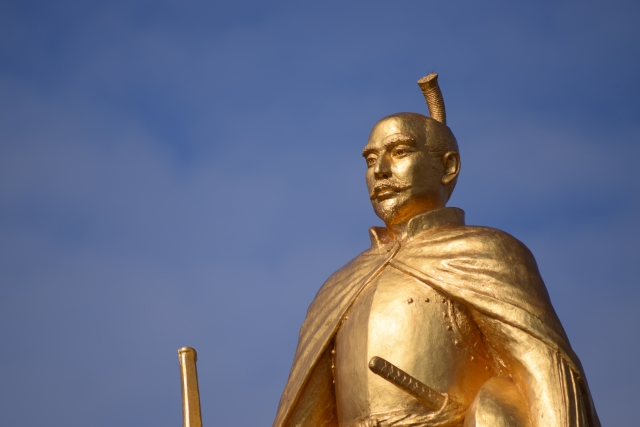
One thing I can say for sure is that Nobunaga was the busiest person at that time in Japan, and he didn’t even have time to sleep enough. That soybean miso helped his Samurai life in terms of mentality, because it has a lot of Tryptophan Nutrient.
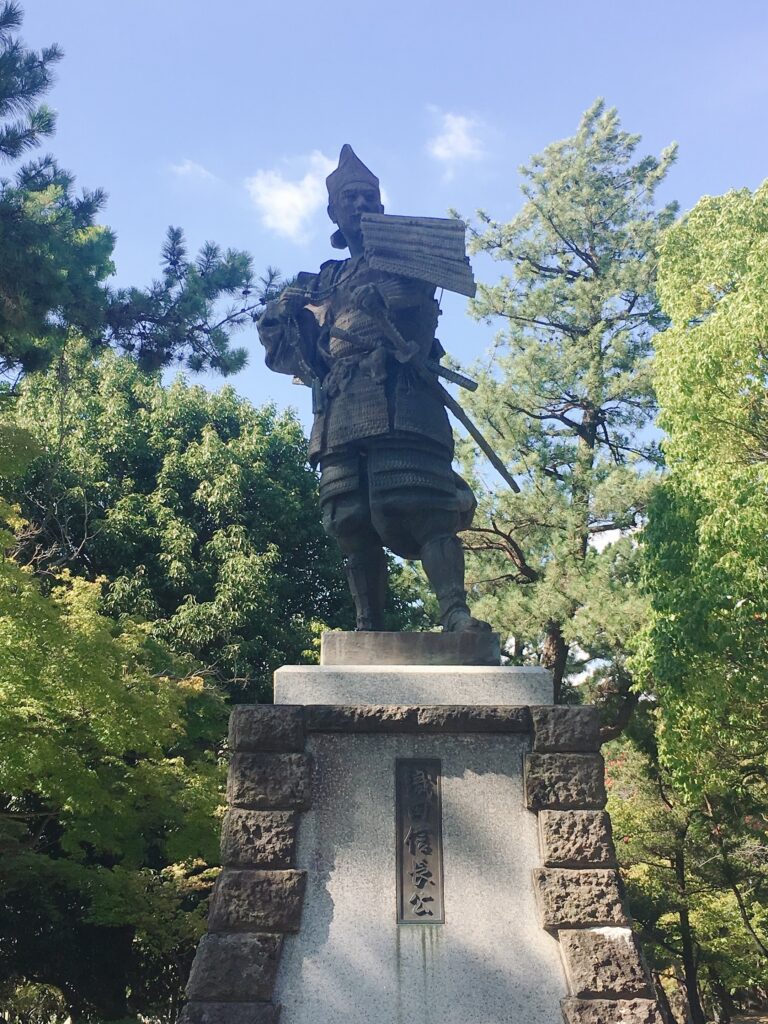
Moreover, Japanese Miso excels in its portability and anyone can bring it outside easily at any occasion. Miso is a solidified paste, so it never spills out from your container or lunch box. That’s one of the strong points.
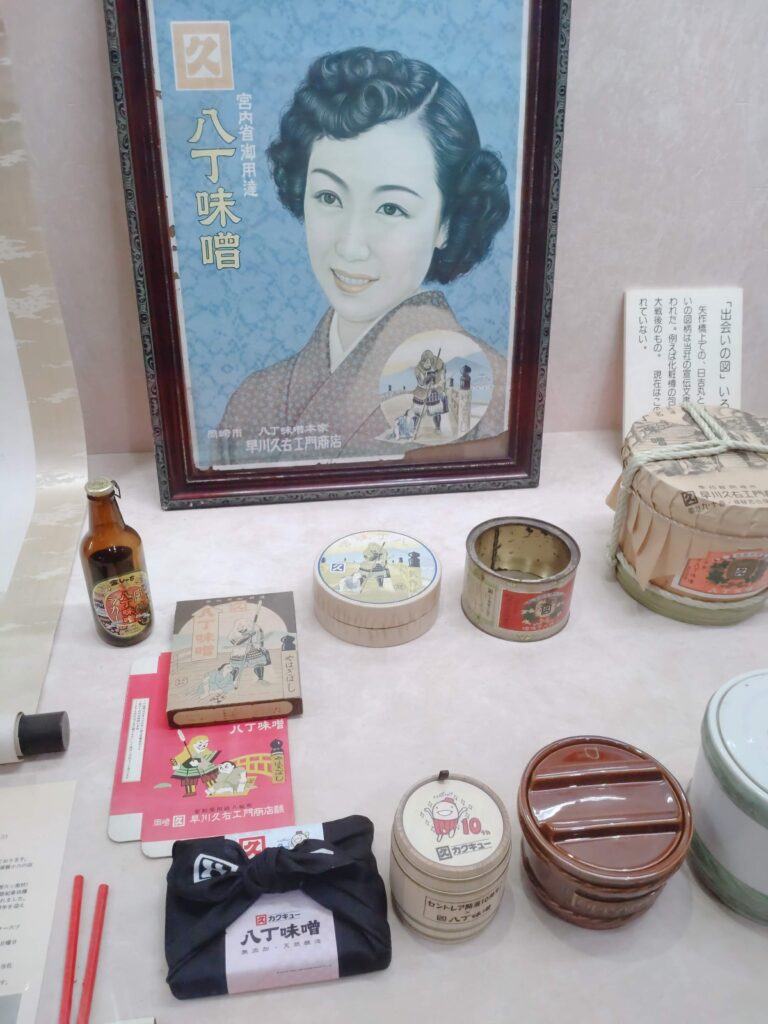
“Miso Ball(Miso Dama)”
Most Samurai favored Miso ball which contains Miso Paste, dried fish and minced vegetables. It makes sense very much, because Misodama is a perfect instant even in modern times. You’ll enjoy it with hot water as Miso soup, otherwise you can eat the paste as it is. If you have white or brown rice luckily, let’s enjoy the traditional Japanese menu “Nekomanma”.
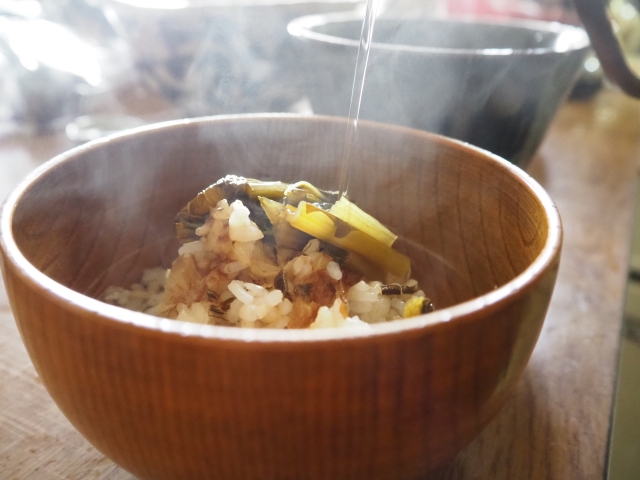
Since “Nekomanma” is not an official Japanese cuisine, some say it should not be eaten in formal dining. But, actually, there are so many “Nekomanma” lovers all over Japan. Rice in Miso soup is not authentic, but it is very popular in home cooking.

It’s a taste of home sweet home arrangement. It was a very popular in Samurai period, and they call it “Ochazuke” or “Yuzuke”, and it was the most useful Japanese food for busy workers.



